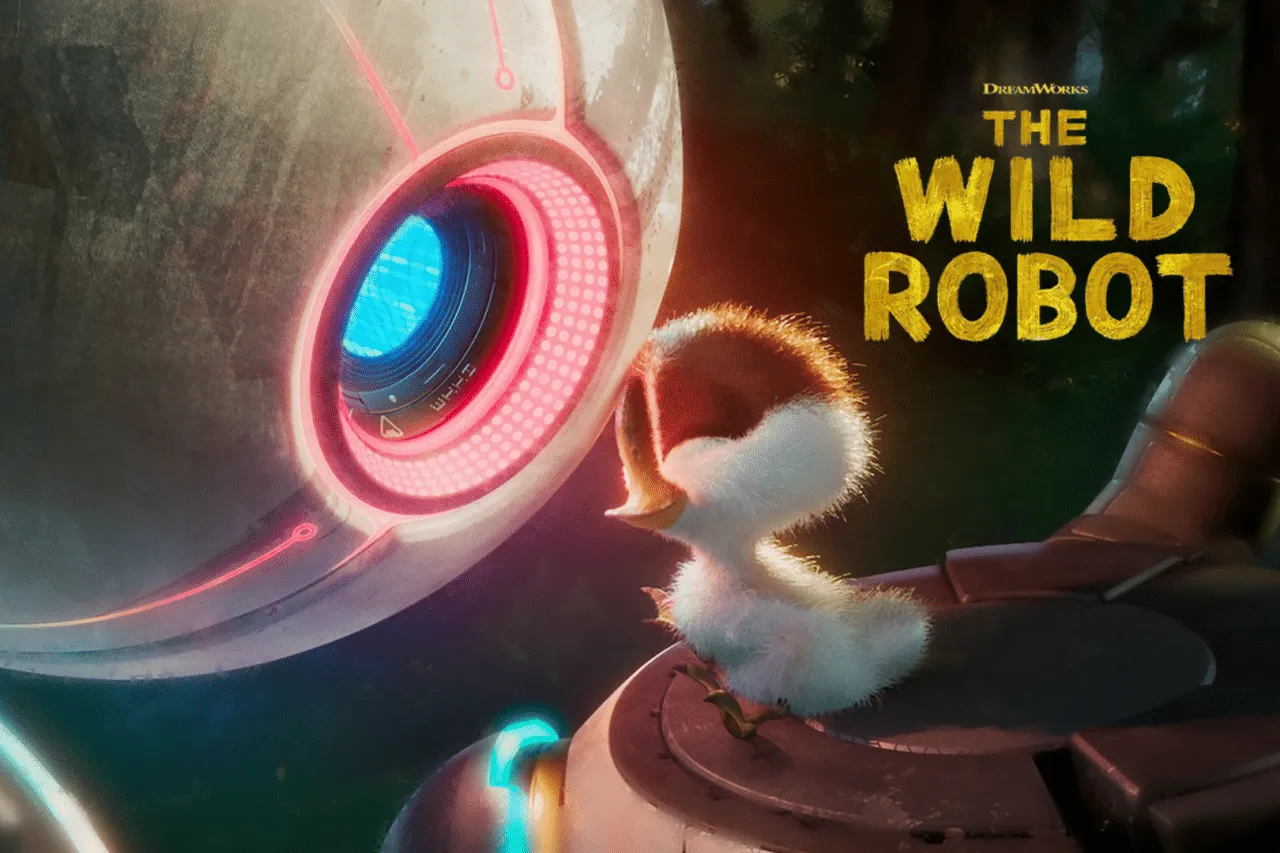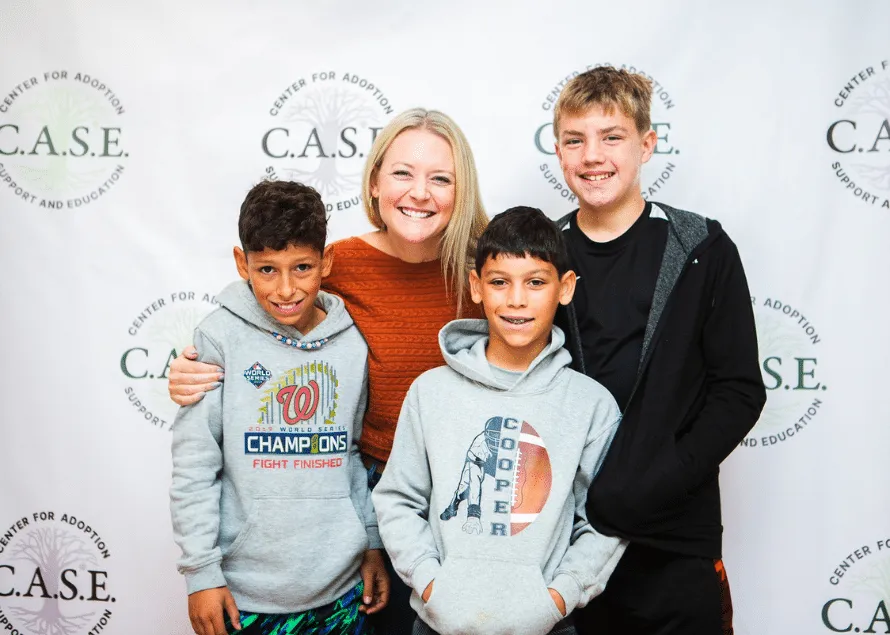Parenting Book Review: Raising Kids with Big Baffling Behaviors
Parenting Book Review: Raising Kids with Big Baffling Behaviors

I have read numerous parenting books, primarily through the lens of an adoptive parent. Some of the books have provided a few helpful tools to try, but I’ve yet to read a book that made me feel so incredibly seen. Non-fiction does not usually lend itself to the “page-turning reads” category, but I could not put this one down. If you think you have read all the parenting books you can or will ever need or haven’t found one to be helpful, do not end the search just yet. I urge you to give this one a try.
After more than 20 years as a therapist working with children and families in the foster/adoptive constellation and with numerous certifications such as Eye Movement Desensitization & Reprocessing (EMDR) and Trust Based Relational Intervention (TBRI), Robyn Gobbel entered the world of podcasting with her show, “Parenting After Trauma.” The name eventually changed to “The Baffling Behavior Show.” Her first book, “Raising Kids with Big Baffling Behaviors: Brain-Body-Sensory Strategies That Really Work” was released on September 21, 2023, and my pre-sale copy landed on my doorstep the very same day.
Each chapter of the book begins with a fictitious therapy session between Robyn and her patient, Nat. Nat is an overwhelmed mother trying desperately to be the person her adopted daughter, Sammie (age 10), needs. Robyn explains that Nat isn’t an actual person, but a culmination of every patient Robyn has ever worked with who has a child with a vulnerable nervous system. In the snapshot of the therapy session, the reader hears about Sammie’s behavior and how Nat can best parent her.
The first section of the book includes the chapters, What Behavior Really Is and How to Change It, Connection or Protection: The Science of Felt Safety, Trust Me…Your Kid Wants to Be Connected to You, and What’s Regulation Got to Do with It? These chapters provide an in-depth background about why certain behaviors occur, the importance of attachment, and how hard it is on the body to live in a continuous state of stress.
The second section of the book includes the best ways to interact with and work with children who have vulnerable nervous systems and provides some concrete parenting strategies to use. The third and final section of the book switches the focus to the parent and details how parents often know what to do but still don’t do it, how to increase tolerance of children’s behavior, and how to stay regulated.
When I mentioned earlier that I felt “seen” in this book, it was as if I were sitting on the couch in Robyn’s office during a therapy session. As an adoptive parent, the discussions between Robyn and Nat really hit home. I found myself nodding along when Nat shared so openly about her parenting shortfalls and daily struggles. Even though Nat isn’t a real individual, I felt less alone reading that so many others have faced such similar challenges because she was based on real patients Robyn has worked with over the years.
I enjoyed the visual imagery Robyn paints of the owl brain, watch-dog brain, and possum brain. She explains how our children (and ourselves) are either in protection or connection mode. We should strive to be in connection as often as possible, but children who have experienced trauma or have vulnerable nervous systems spend much of their time in protection mode. When brains are in connection mode, we feel safe and secure. The moment we sense something isn’t right or is slightly off, our brains shift to protection mode.
The wise “Owl Brain” is present in connection mode—children can use logic, cooperate, have empathy, ask permission, and pause before reacting. If we want our children’s owl brains to stick around, we need to strive for connection, felt safety, and regulation as often as possible. The “Watchdog Brain” and “Possum Brain” comes out when children first get signs of danger and switch to protection mode. When children are in watchdog mode, behaviors can range from changes in voice (whinier tones, louder, sassier) and increase in body movements to balled-up fists, pacing, major increases in energy, maniacal laughing, disrespect, and several other behaviors. The watchdog brain is at its peak when major verbal and physical aggression are present. The possum brain basically withdraws and shuts down.
Finally, Robyn provides real-life examples of how to stay in or return to connection mode with our children, how parents can stay regulated even amongst the chaos, and how we can always repair or have a do-over if we feel we haven’t been handling things in the best ways. I closed this book feeling incredibly hopeful, armed with a new way of thinking that will change the way I approach parenting and myself with a renewed sense of self-compassion. I would highly recommend this book to any type of parent (not just adoptive parents) or mental health professional.
Affiliate Link Disclosure: This web page contains affiliate links which means at no cost to you we will receive a small commission when you click and purchase a book through the link provided above. We only share resources we know and trust will give our viewers valuable information.










